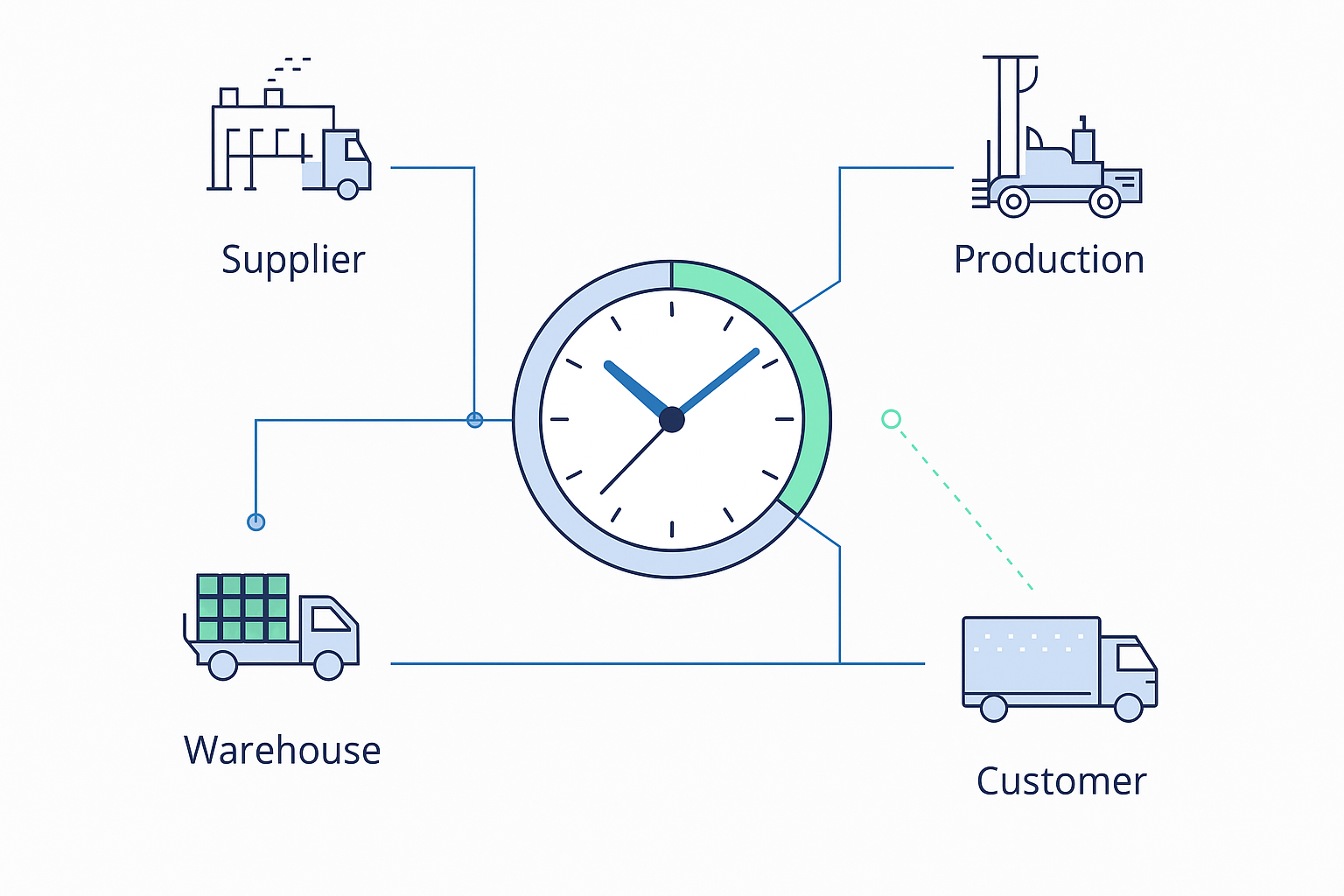In today’s rapidly evolving business landscape, organizations must be agile, data-driven, and collaborative to maintain a competitive edge. AIMMS SC Navigator, a powerful Supply Chain Network Design tool, caters to this need by offering user roles that align with different organizational functions.
In this blog, we will explore the features of the three user roles in AIMMS SC Navigator – the modeler, the analyst, and the consumer.

1. The Modeler: Architect of Data
The modeler role in SC Navigator has access to all features and functionality – creating datasets, running scenarios, and viewing results. In a small team, often all users have the modeler role and each team member is responsible for Network Design from the beginning (dataset) till the end (viewing results).
However, when teams are scaling up, it is common practice that the team members focus on their skills and divide tasks for greater efficiency. In this case, the modeler is like an architect, laying the foundation upon which all analysis is built.
The modeler, often part of a Center of Excellence (CoE), has the possibility to create and maintain datasets, manipulate data structures, refine models to reflect changing business realities, and ensure that the datasets are accurate and up-to-date. The datasets are often shared with the analysts.
2. The Analyst: Strategist
Analysts take the baton from modelers by running various scenarios against the carefully constructed datasets. In SC Navigator, analysts can explore different what-if situations, assess potential outcomes, and prepare actionable insights for stakeholders.
3. The Consumer: Decision-Maker
Consumers are the stakeholders who benefit from the insights generated by modelers and analysts. In SC Navigator, consumers can view results and make informed decisions based on the analyzed data. They are typically senior executives or decision-makers who rely on accurate data to steer the organization.
Best Practice Example
Imagine a multinational corporation where the CoE’s modelers create and update datasets, which reflect the latest market trends, costs, and logistical considerations.
An analyst in a business unit then uses these datasets to run scenarios for an upcoming product launch. The analyst tests various launch strategies, compares results, and prepares a recommendation.
Finally, the stakeholders, assuming the consumer role, review the recommended scenarios and choose the most favorable one for the product launch.
Conclusion
The three user roles in SC Navigator encapsulate a streamlined process for data-driven decision-making. By delineating clear responsibilities and access levels, SC Navigator facilitates a collaborative environment that plays to the strengths of each user type – the modeler’s attention to data integrity, the analyst’s strategic insight, and the consumer’s decision-making power.
With SC Navigator, organizations can foster a culture of informed, agile, and confident decision-making that is crucial for success in the supply chain domain.
Discover the power of AIMMS SC Navigator.





